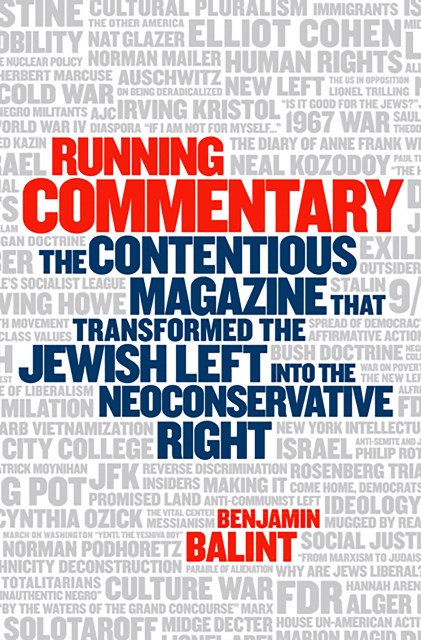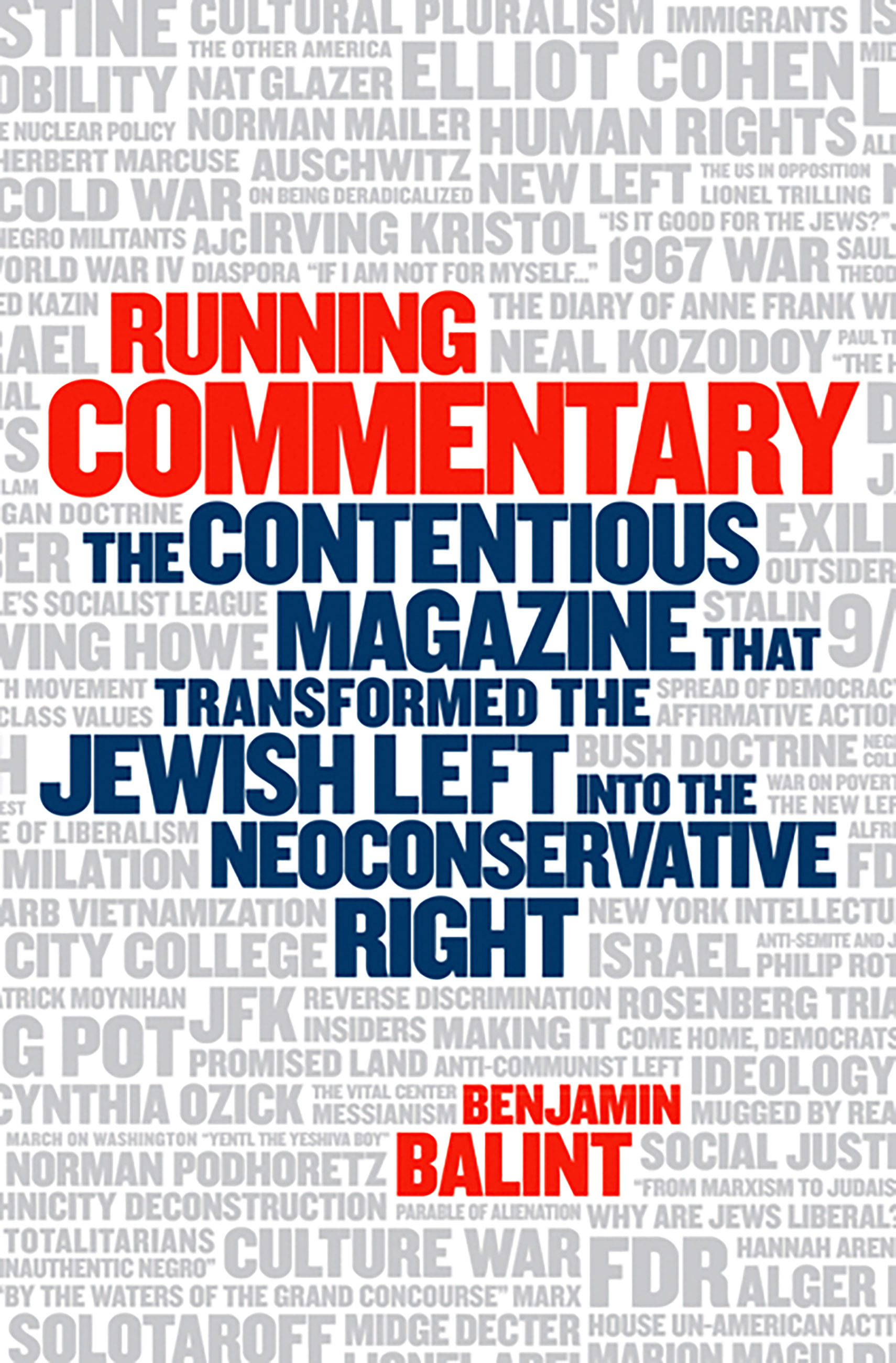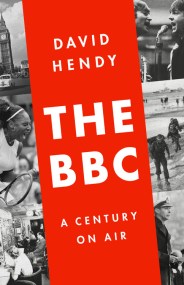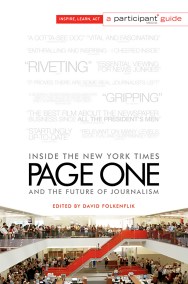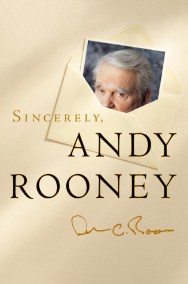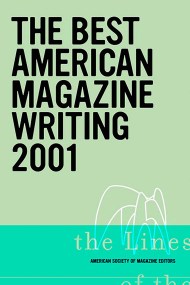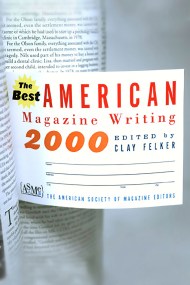Promotion
Use code MOM24 for 20% off site wide + free shipping over $45
Running Commentary
The Contentious Magazine that Transformed the Jewish Left into the Neoconservative Right
Contributors
Formats and Prices
Price
$17.99Price
$22.99 CADFormat
Format:
ebook $17.99 $22.99 CADThis item is a preorder. Your payment method will be charged immediately, and the product is expected to ship on or around June 1, 2010. This date is subject to change due to shipping delays beyond our control.
Also available from:
Founded by the offspring of immigrants, Commentary began life as a voice for the marginalized and a feisty advocate for civil rights and economic justice. But just as American culture moved in its direction, it began — inexplicably to some — to veer right, becoming the voice of neoconservativism and defender of the powerful.
This lively history, based on unprecedented access to the magazine’s archives and dozens of original interviews, provocatively explains that shift while recreating the atmosphere of some of the most exciting decades in American intellectual life.
Genre:
- On Sale
- Jun 1, 2010
- Page Count
- 304 pages
- Publisher
- PublicAffairs
- ISBN-13
- 9781586488604
Newsletter Signup
By clicking ‘Sign Up,’ I acknowledge that I have read and agree to Hachette Book Group’s Privacy Policy and Terms of Use
